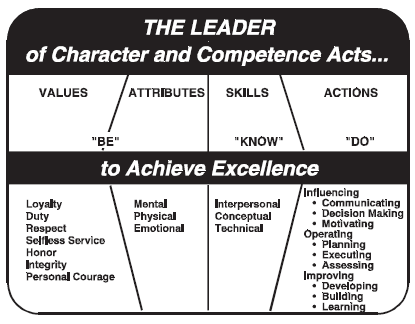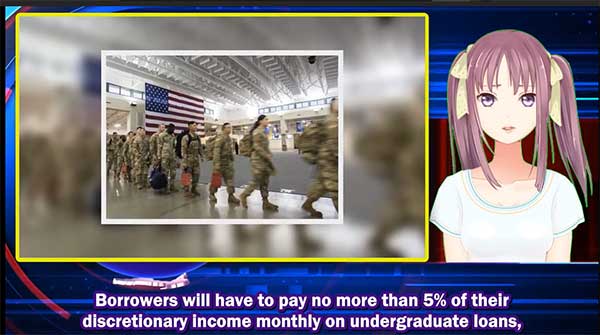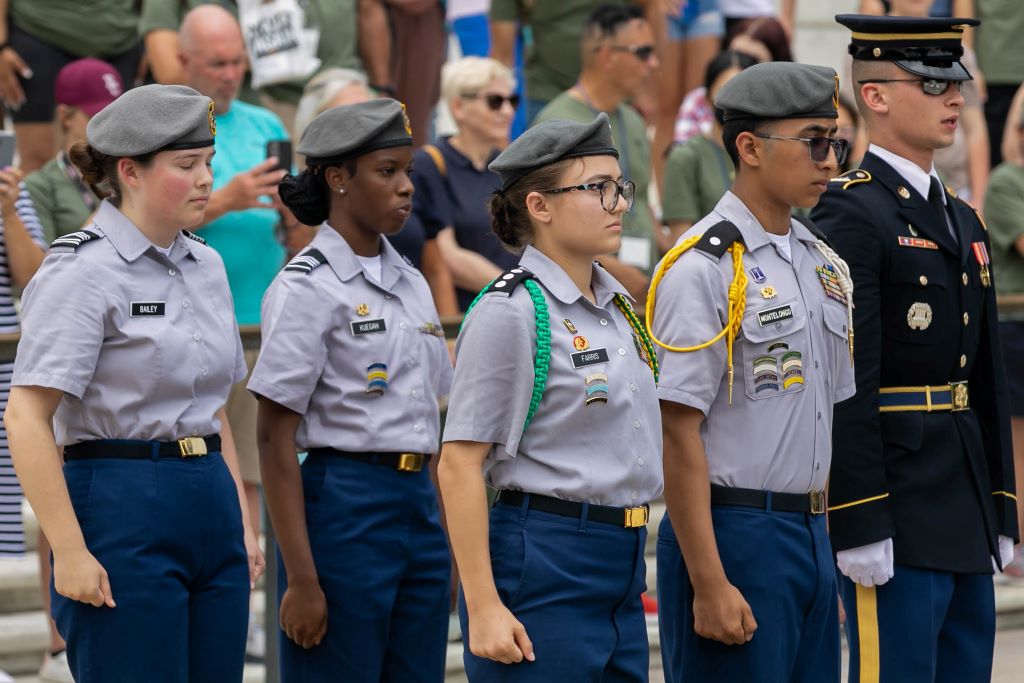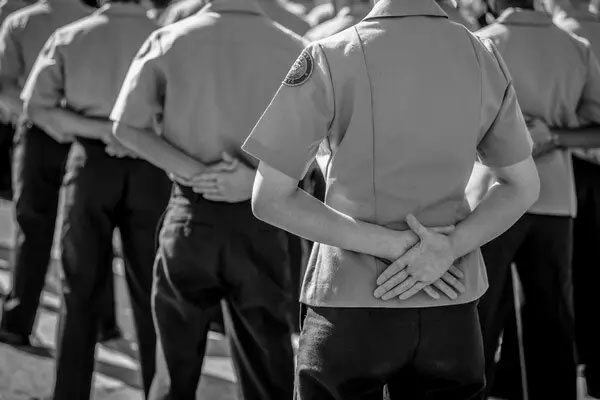Military recruiters count on economic hardship to lure young people of color to sign up. Counter-recruiters are working hard to thwart their efforts. Sep 6, 2022 / Aina Marzia / YES! Media - Year after year, the same foldable table is propped up near the entrance of a high school gym. People with the same uniform but different faces, all eager to tell you about a new “opportunity,” will sit idly at the table. There will be a sign in front of the table and a clipboard on top, ready to jot down any name that will take the bait being offered.
Sep 6, 2022 / Aina Marzia / YES! Media - Year after year, the same foldable table is propped up near the entrance of a high school gym. People with the same uniform but different faces, all eager to tell you about a new “opportunity,” will sit idly at the table. There will be a sign in front of the table and a clipboard on top, ready to jot down any name that will take the bait being offered.
The U.S.’s “all-volunteer military” requires people, and the search for young high schoolers to fill the ranks of the armed forces is always ongoing. Further, the military tends to prioritize recruiting low-income minority kids because, as per Anthony Clark, a U.S. Air Force veteran, “Poverty is the draft.”
Racial and Socioeconomic Discrepancies in Enlistment
From embedding militarism into public schools to setting up shop inside schools, the military will seemingly go to any lengths necessary to get more boots on the ground. Programs like Junior Reserve Officers’ Training Corps (JROTC), while not directly affiliated with recruiters, attract large enlistments from high schoolers and are introduced to students as early as freshman year. In a report by RAND Corporation in 2017, it is estimated that more than 500,000 students are enrolled in Army training programs. Further, 56% of schools with such programs offered federal reduced or free lunch options, suggesting that they serve students near or below the poverty line.
According to the Council on Foreign Relations, around 64% of enlistments are of people from household incomes below $87,000, and 19% are from household incomes below $41,691. Although the CFR classifies such people as “middle income,” many social scientists point out the increasing financial precarity of the American middle class, such as Alissa Quart’s 2018 book Squeezed: Why Our Families Can’t Afford America. Such research highlights how the middle class is shrinking, making income data unreliable when assessing economic hardship. While there is a common belief that the armed forces are an “all-volunteer military,” the data suggests that low-income students often view the military as an economic opportunity.


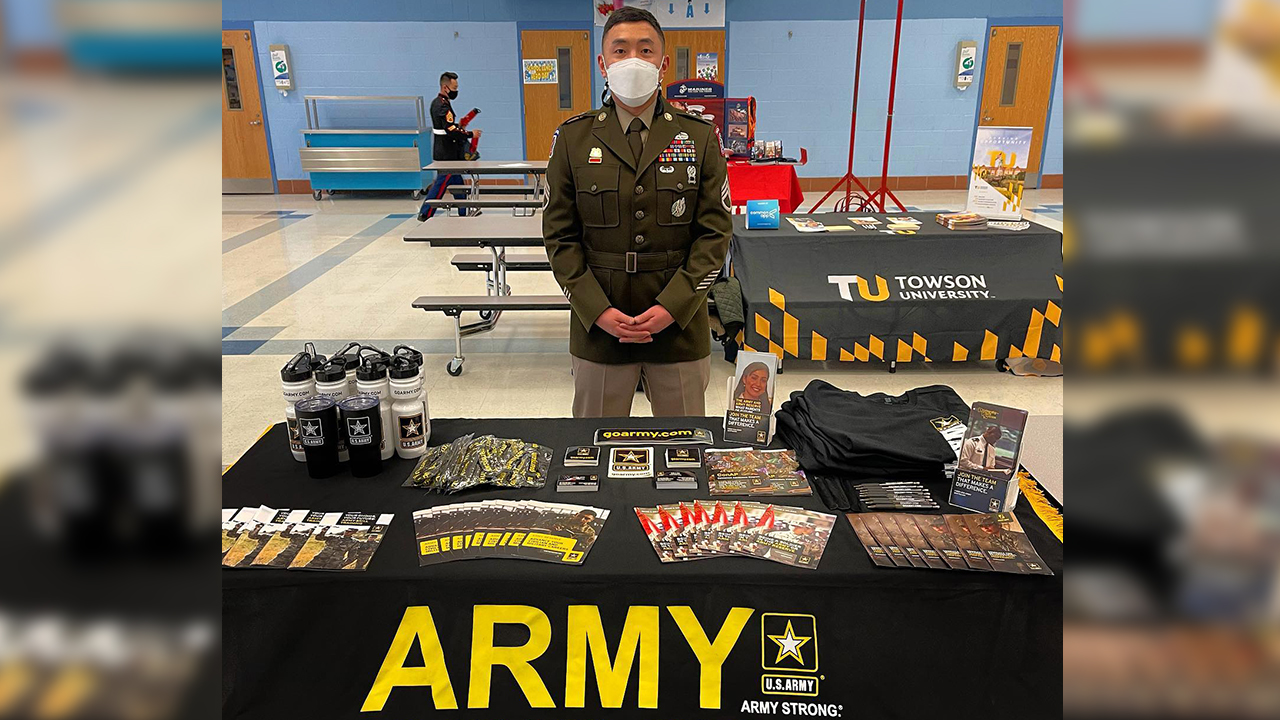 May 17, 2022
May 17, 2022